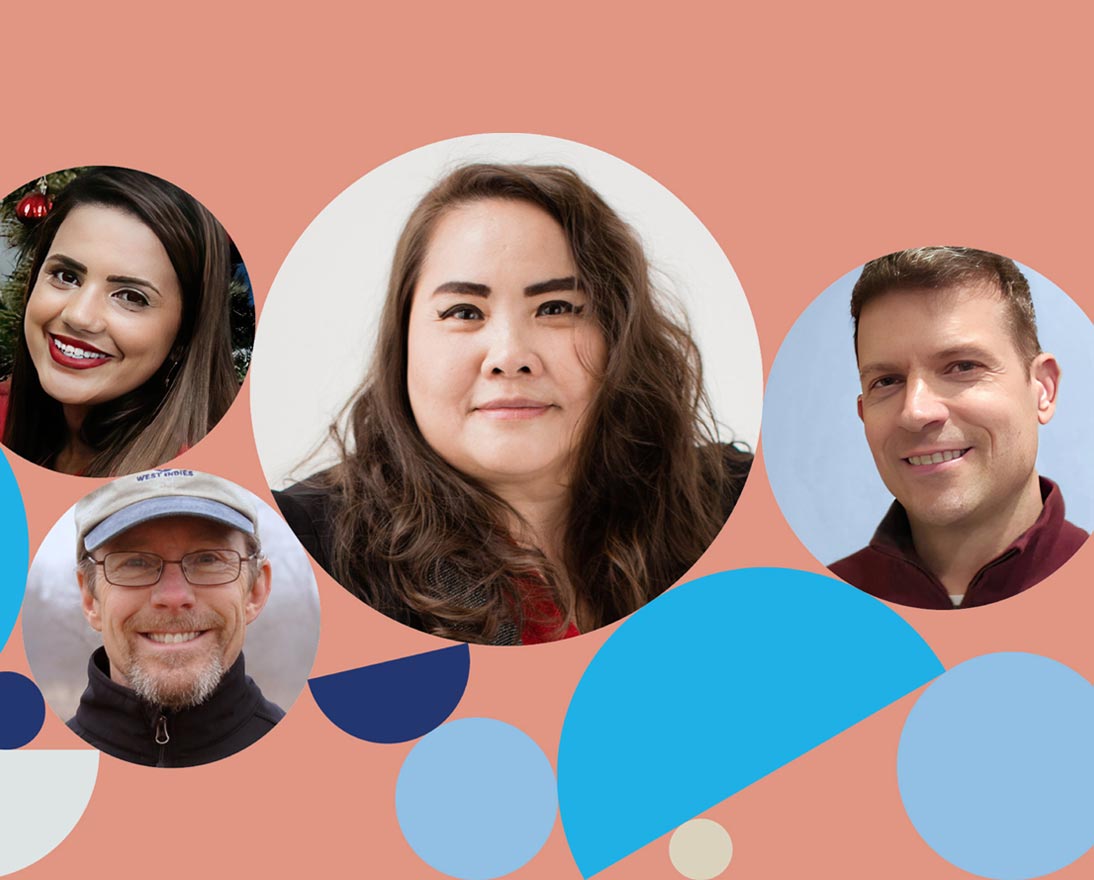
What is it like to be neurodivergent?
Around 15 to 20 percent of people have brains that develop or work differently. These neurodivergent people should be embraced and celebrated. Instead, they are often misunderstood, and even excluded from society and the workplace. Learn more about neurodiversity.
By Sean McAllister
Often when we consider diversity, we think of characteristics such as race, age, gender and sexual orientation. But there is also diversity in the way people think, process thoughts and experiences, and interact with the world around us. This is called neurodiversity.
It is thought that about 15 to 20 percent of the world’s population is neurodivergent. This includes up to 10 percent of people with dyslexia, 6 percent with dyspraxia, 5 percent with ADHD, and 1–2 percent with autism. Other neurodiverse conditions include dyscalculia and Tourette’s syndrome. Often, a person will have more than one type of neurodivergence. For example, about 50 to 70 percent of people diagnosed with autism will also have signs of ADHD.
In nearly all cases, the causes are generally unknown and there are no known cures – assuming you would want one. Neurodivergence is not necessarily a disability, but a difference in how the brain works. It means the person has different strengths and struggles from those whose brains develop or work more typically.
Challenges and enhanced capabilities
Challenges can come in the form of reading and writing, social interaction and communication, coordination and motor skills, and learning disabilities. These struggles can cause neurodivergent people to face extraordinary challenges in the workplace and, in the worst case, be excluded from society, which can eventually lead to mental health issues.
But this neurodiversity can also bring enhanced capabilities. These may include strong pattern recognition skills, analytical thinking, deep focus and enhanced memory. Heightened sensory awareness, creativity and visual processing skills are also common.
Neurodiversity in the workplace
Having a neurodiverse workplace encourages greater diversity of thinking. Neurodivergent people often look at the world from new, interesting perspectives and can offer out-of-the-box solutions. It’s why serial entrepreneur and Virgin boss Sir Richard Branson said in his blog: “The world needs a neurodiverse workforce to help try and solve some of the big problems of our time.”
To hire amazing neurodiverse talent requires employers to make some minor adjustments. This starts by introducing an inclusive recruitment process – from the job description and application form through to the interview. Line managers also need to be trained to be able to communicate effectively with people with neurodiverse conditions and to provide the right support to enable them to thrive at work.
The physical working environment must also be considered as many neurodivergent people are sensitive to noise, lights and other stimuli. This is one of the reasons that Zurich UK introduced sensory maps in 2023 for each of its offices. The maps show levels of temperature, noise, smells and foot traffic around the workspace to help employees choose where to work dependent on their needs.
So what is it like to be neurodivergent? To give you some insights, several of Zurich’s neurodiverse employees have shared their stories in the articles below:
- What is it like to have ADHD?
- What is it like to be autistic?
- What is it like to be dyslexic?
- What is it like to have a stutter?
It’s important to note that each person with a neurodiverse condition will be affected in different ways at different ages and stages of development, and to different degrees. There’s no one-size-fits-all definition. A quote from Stuart Duncan, a blogger and father to an autistic boy, sums this up perfectly: “Autism is one word attempting to describe millions of different stories.” The quote could apply to any neurodiverse condition.
This series of articles is a reminder to embrace and celebrate those who are different from us. Because wouldn’t it be dull if we all saw the world in exactly the same?


